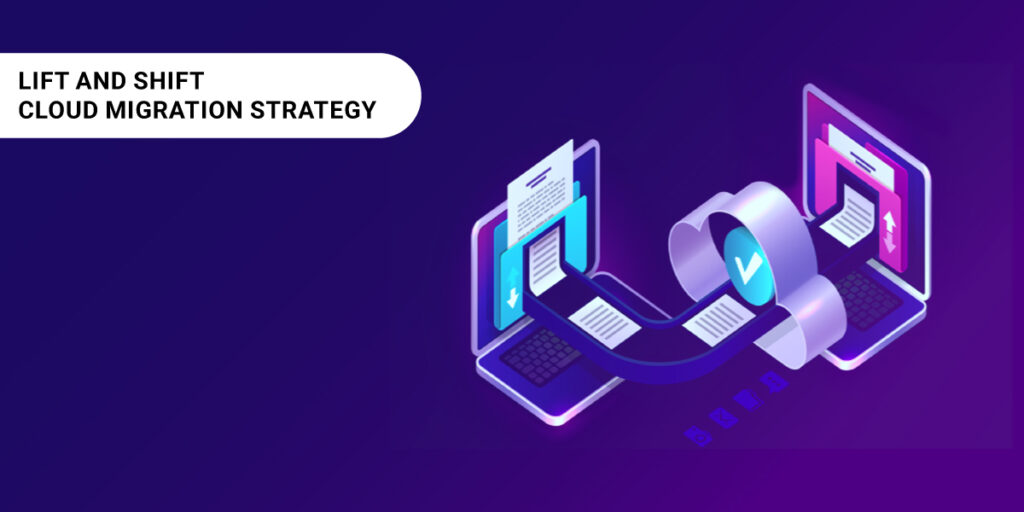1. Introduction: The Cloud Promise vs. The Migration Reality
The promise of cloud computing is compelling: agility, scalability, innovation, and cost savings. It’s a vision that has pushed many organizations to adopt a “cloud-first” mindset. Yet, while moving to the cloud seems straightforward, realizing its full potential often proves far more complex.
Many businesses find their new environments just as expensive and rigid as their old on-premise setups. The reason is often a flawed migration strategy. Too many rely on the “lift-and-shift” approach—moving applications to the cloud without optimizing them for their new environment.
True scalability requires more than simply transferring workloads. It demands rethinking how applications are built, deployed, and managed. Partnering with experts in managed IT services in Santa Clara can help businesses create a roadmap that ensures long-term scalability, efficiency, and value.
This guide outlines key strategies, best practices, and common pitfalls to help your migration deliver on the true promise of the cloud.
2. Key Takeaways
- “Lift-and-shift” is a Tactic, Not a Strategy: While it provides a fast route to the cloud, it often leads to missed optimizations, technical debt, and higher costs.
- Scalability Requires the Right Approach: Achieving true scalability means adopting the right combination of migration strategies, not just rehosting.
- Planning and Security Are Essential: Successful migrations are built on careful planning, strong security, and continuous post-migration optimization.
- Avoid Common Pitfalls: Poor assessment, skipping hybrid options, or neglecting people and processes can quickly derail your cloud investment.
3. The Allure and Limitations of “Lift-and-Shift”
The lift-and-shift model is popular for a reason. It seems like the quickest path to the cloud—no code rewrites, no complex redesigns. However, this convenience often hides long-term challenges.
Why It’s Tempting
- Speed: Moving applications as-is seems efficient, especially for organizations facing deadlines.
- Simplicity: Minimal code changes mean less upfront work.
- Familiarity: IT teams can work with the same systems in a new environment, easing the transition.
The Hidden Costs
- Missed Optimizations: Legacy architectures don’t take advantage of cloud-native tools like auto-scaling or managed databases.
- Technical Debt: Existing inefficiencies are carried over, making future improvements harder.
- Limited Scalability: On-premise apps are designed for static workloads, not the dynamic demands of the cloud.
- Security Risks: Without proper adaptation, old vulnerabilities can follow you into the cloud.
4. Core Strategies for a Scalable Migration
There’s no one-size-fits-all approach to migration. The right strategy depends on your business goals, technical complexity, and long-term vision. The most effective migrations often combine several of the “6 Rs.”
Rehosting (Lift-and-Shift)
What it is: Moving applications as-is to cloud servers.
Best for: Simple, legacy, or non-critical systems that need a quick move.
Replatforming (Lift-and-Tinker)
What it is: Making small changes to use cloud services without rewriting the entire application.
Best for: Applications that can gain performance or efficiency from managed services like cloud databases.
Refactoring or Re-architecting
What it is: Redesigning applications to be fully cloud-native, often using microservices or serverless models.
Best for: High-value or fast-growing applications that demand scalability and performance.
Repurchasing
What it is: Switching to Software-as-a-Service (SaaS) tools that replace legacy systems.
Best for: When off-the-shelf cloud software offers better features or cost efficiency.
Retaining or Retiring
What it is: Keeping some apps on-premise for compliance or retiring outdated ones.
Best for: Reducing complexity by keeping only what delivers value.
5. The Blueprint for a Successful Migration
Scalable cloud migration requires a structured, phased approach focused on strategy, security, and continuous improvement.
Phase 1: Discovery and Planning
- Assess and Prioritize: Inventory your applications and categorize them based on business impact and complexity.
- Map Dependencies: Understand how systems interact to avoid performance disruptions.
- Define Success Metrics: Set measurable goals such as cost reductions, improved deployment speed, or better disaster recovery.
Phase 2: Secure and Strategic Execution
- Prioritize Security from Day One: Integrate data encryption, access management, and compliance monitoring early.
- Governance Matters: Establish clear policies for cloud usage, cost management, and access control.
- Automate Where Possible: Use Infrastructure as Code tools to deploy resources consistently and avoid human error.
Phase 3: Post-Migration Optimization
- Continuous Monitoring: Track system performance, costs, and user experience to identify areas for improvement.
- Cost Management: Implement a FinOps culture to right-size instances, remove idle resources, and optimize billing.
- Ongoing Improvement: Treat migration as the start of transformation, not the end. Regularly adopt new cloud features that improve performance and efficiency.
6. Common Pitfalls to Avoid
Awareness of common migration mistakes can help prevent wasted time and resources.
Pitfall 1: Poor Planning
Migrating without understanding your systems and goals often leads to setbacks.
Avoidance: Conduct detailed discovery and dependency mapping before moving any workloads.
Pitfall 2: Skipping a Hybrid or Phased Approach
Trying to move everything at once increases risk and complexity.
Avoidance: Start small, migrate in stages, and consider hybrid setups for balance and control.
Pitfall 3: Neglecting People and Processes
Technology alone doesn’t ensure success.
Avoidance: Train your teams, adjust roles, and establish clear communication for smoother adoption.
Pitfall 4: Treating Migration as a One-Time Task
Viewing the cloud as a final destination rather than an evolving ecosystem limits long-term value.
Avoidance: Continuously refine your cloud environment through regular reviews and optimizations.
7. Conclusion: Migration Is a Journey, Not a Destination
The lift-and-shift model may seem appealing for its simplicity, but true cloud scalability requires a deeper strategy. Organizations that plan carefully, choose the right migration methods, and focus on ongoing optimization gain the real rewards—flexibility, security, and cost efficiency.
Moving to the cloud is more than a technical decision; it’s a strategic transformation. By investing in a smart migration roadmap today, you prepare your business for innovation and resilience tomorrow. Don’t just move to the cloud—evolve with it.







